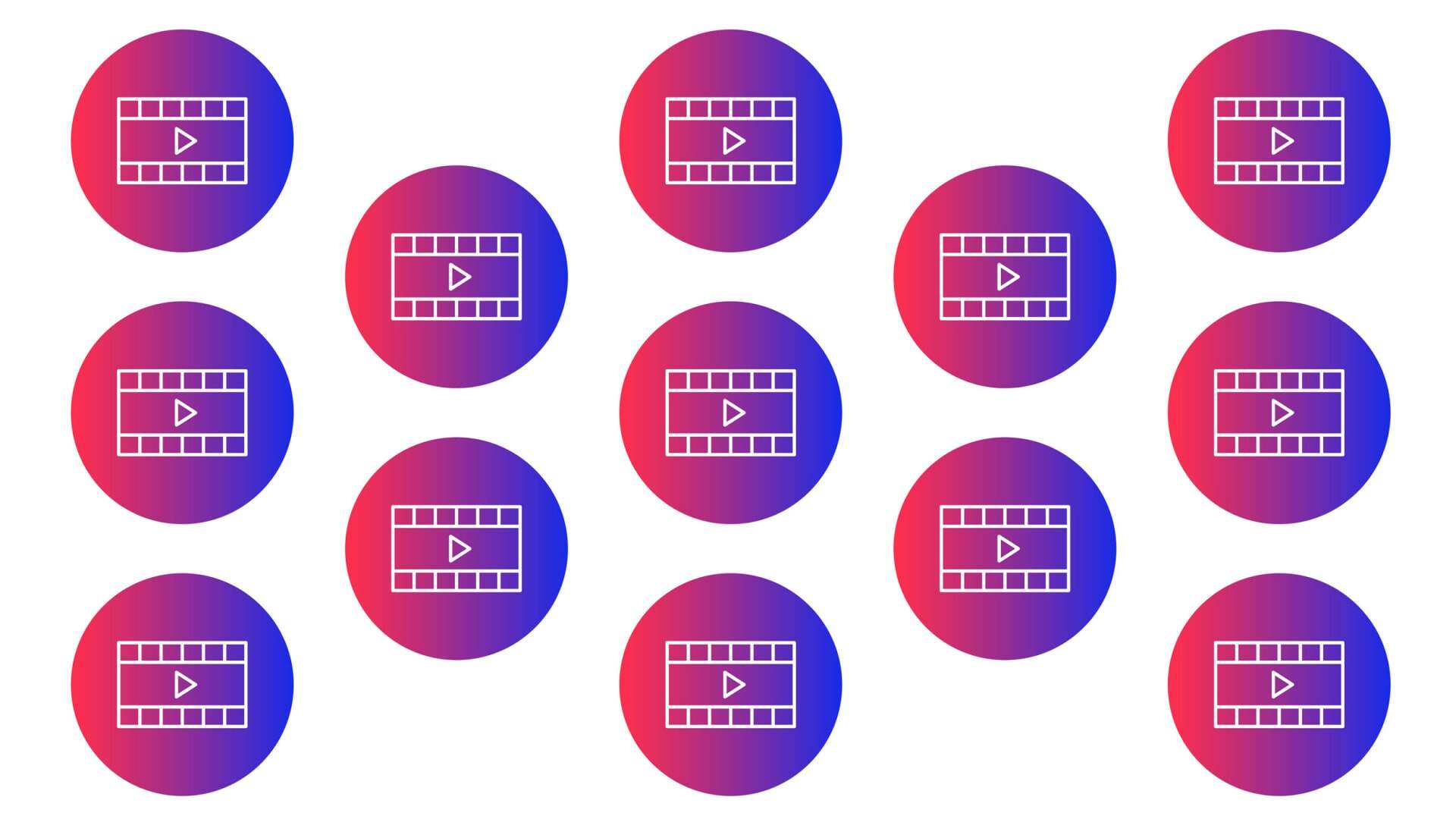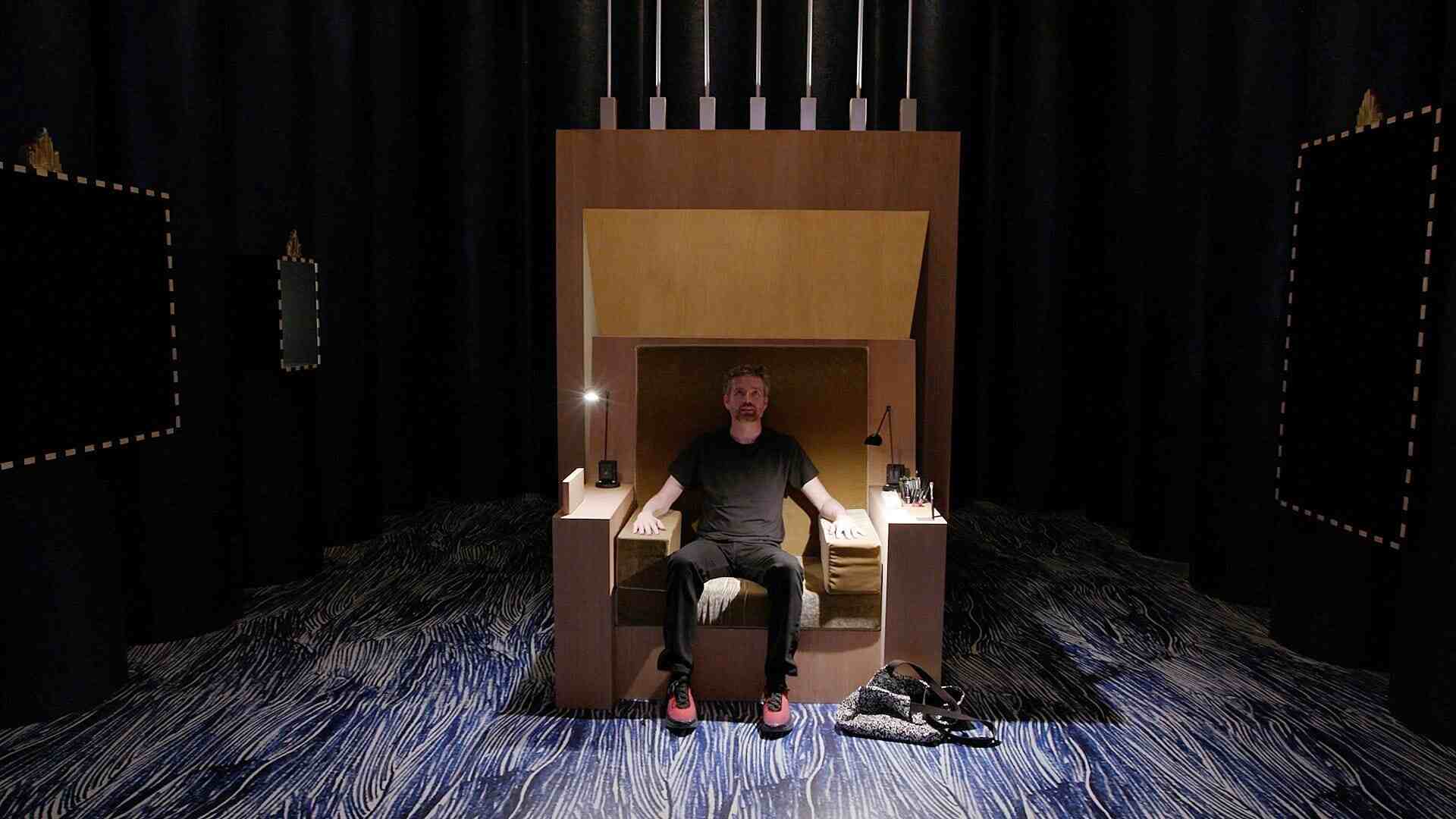- | 7:00 am
Meet your new workday, what Microsoft calls the ‘triple peak’
We used to work in two large lumps during the day. Now? There’s a third.
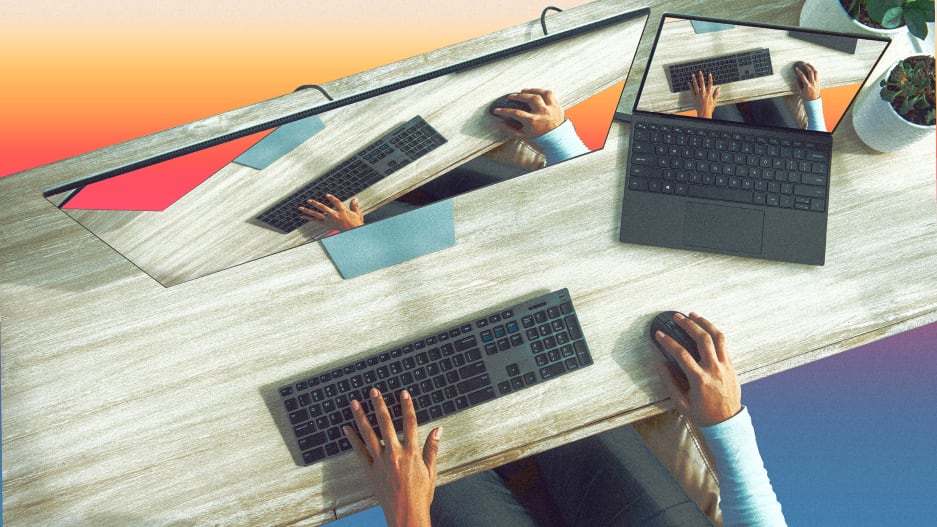
Before lunch and after lunch. These are, traditionally speaking, the most precious times during your workday, when researchers believe you’ll be at your productivity peak. But with the rise of COVID-19 and so many people still working from home, Microsoft Research has spotted a new trend: Many of us are picking up a third grind between 9 and 11 p.m.
Microsoft dubs this behavior the “triple peak” of our 9-to-5 workday. And you can see exactly what that looks like in a pair of area graphs that Microsoft published earlier this month.
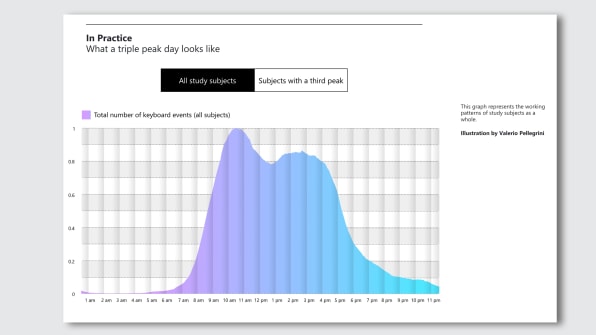
[Screenshot: Microsoft]
Based on the keyboard strokes of 50 consenting Microsoft employees over the course of four weeks, the first graph demonstrates average worker behavior: a camel-like double hump of activity, where many of us are doing nose-down work around 10:30 a.m., and then again after lunch around 2:30 p.m. From there, it’s a slow descent into the evening.The second graph shows a subsection of the first graph: only those employees who are engaging in a “triple peak” workday. We see a similar first two peaks, there is a larger dip of productivity at lunch, and a steeper falloff of work after 5 p.m. But around 9 p.m. we see that third peak.
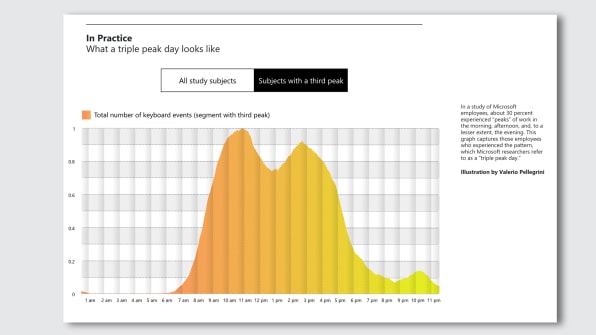
[Screenshot: Microsoft]
What’s going on? Microsoft claims it has yet to analyze the data at play, along with what traits might be unifying this third-peak group. But its researchers hypothesize that we’re likely seeing parents who, working from home, are juggling more responsibilities for their children during the day, so after their children’s bedtime, they go back for another shift. Researchers also speculate that remote workers who’ve used this pandemic period to travel and live a less rigid lifestyle may be coming back in to work at night to make up for productivity lost during daytime adventures.Indeed, the parenting challenges check out. Way back in 2014, Fast Company published research that analyzed work hours for high-earning working parents. A whopping 55% of them reported picking up a “second shift” at night, just like Microsoft details with its “triple peak.” Microsoft believes this trend is only growing—likely due to how working from home has blended our personal and professional lives more than ever before. (Separate from this study, Microsoft measured that after-hours Teams messages are up 42% during the pandemic. On the second graph, we can see that play out, as 20% of people are still working at 7 p.m.)
So now as our lives are more blended with work, and many of our workplaces are adopting hybrid hours instead of forcing 9-to-5 in person, what do we do with these findings? In short, Microsoft says we need to acknowledge that not everyone works the same hours these days but also ensure that having some people working later hours doesn’t pull everyone else into a 24/7 work culture.
Balancing collaboration among more employees over a longer day is a tricky task. Yet the triple-peak day serves as a proof point that every manager should remember: Even when employees are distracted “at work,” we do what it takes to get the job done.














